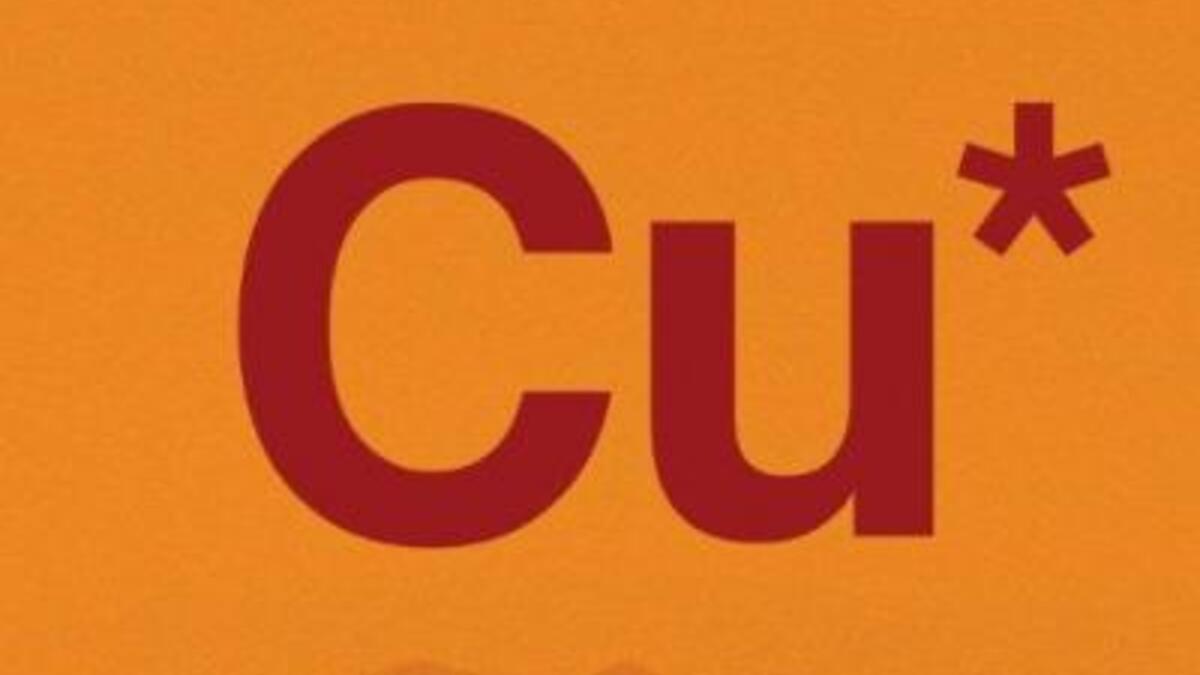Geology faculty, students collaborate with artists on copper exhibition

Faculty and students in ASU’s School of Earth and Space Exploration are collaborating with artists of an upcoming exhibition centered on the issue of limited earth materials, specifically copper, on view Feb. 8 through May 11 at the ASU Art Museum.
The exhibition, titled "Cu29: Mining for You," will explore the process of staking a claim, the idea of owning the Earth’s natural resources, and our dependence on copper for everything from saucepans to cellphones.
The artists and the exhibition curator, Heather Sealy Lineberry, have collaborated with geologist Steve Semken, a professor in ASU’s School of Earth and Space Exploration (SESE), in building their ideas for the exhibition and programs. He specifically advised them on geology, as well as the issues of place and culture related to mining, copper mining in Arizona, and a clearer understanding of how earth materials are limited.
“Geologic processes have richly endowed the state of Arizona with copper deposits," says Semken. "Copper has been central to the modern history and economic development of our state. Geology is key to the understanding of how and where copper deposits formed in Arizona, and how copper can be mined most economically and with the least possible impact on the environment.”
Semken was interviewed, along with SESE professor Donald Burt, an economic geologist who regularly teaches ore geology and resources courses, for a sound piece that will play continuously in the gallery. The collaged voices will include other scientists, chefs, musicians, sculptors, miners, climbers, electricians and others who use copper in their professions and lives.
The resulting exhibition traces the extraction of copper from the ground to its use by artists in their studios, electricians and plumbers in houses, and chefs in their kitchens. It contains a series of installations, some of which are formed by community participation, pointing toward the pervasiveness of copper in our lives – and our bodies – and our dependence upon it. Art objects from the ASU Art Museum’s collection will be displayed alongside copper scrap waiting to be recycled, raising further issues of use and value.
Geology students are contributing research on the limited elements and copper. Their work is focused on school programs as the exhibition addresses the State standards in science, Arizona history and art. The students will collaborate with ASU Art Museum student docents to lead the tours of the exhibition. Two SESE undergraduate majors – Salimeh Hobeheidar and Reed Seamons – received training and will be student docents for the exhibition.
“My role is to lead groups of people on a tour of the exhibit, talking with them about how copper impacts our lives and how the resource is becoming limited,” explains Hobeheidar, a junior majoring in earth and space science education. “My education degree is helping me a lot with this project. Since I did my project in professor Semken’s 'Earth Science in Arizona and the Southwest' class about copper being used in art, I can understand where the artists are coming from, and I am able to help explain what it is and what other minerals are, and how they impact our state and in general our society.”
Hobeheidar’s project from Semken’s class, a beautiful necklace of copper and copper minerals that she created, will also be on display in the exhibition.
Through projects like Cu29, faculty and students of SESE are able to share specialized geological knowledge with an audience that might not otherwise be exposed to science.
“The artists – Clare Patey and Mathew Moore – have long histories exploring through art events and installations what we need to live in cities, whether food or basic materials, whether London or Phoenix,” Lineberry says. “Working with Steve Semken and the students at ASU has inspired the artists to create this new, collaborative body of work so tied to our place, its history and future. They encourage us to look more closely at what we do, how we live and what is important.”
More details on the exhibit are available at: http://asuevents.asu.edu/cu29-mining-you.